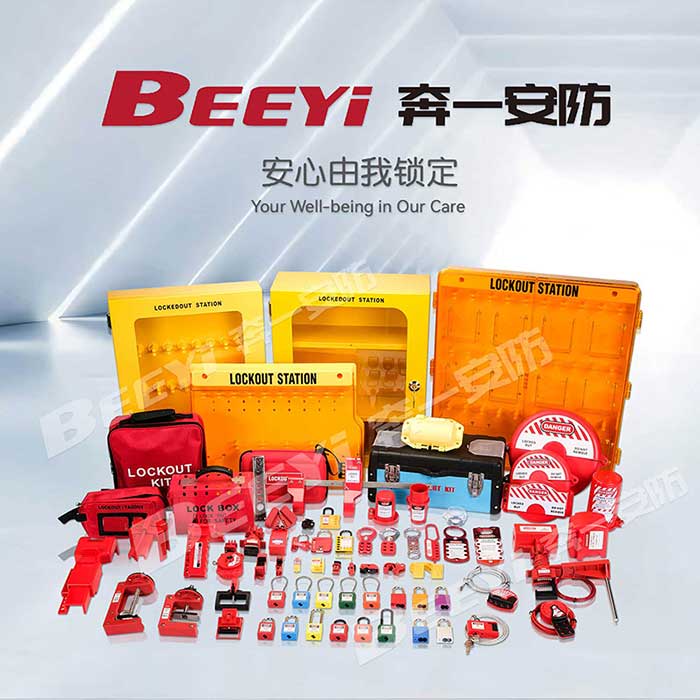In industrial settings, the need for safety protocols to prevent accidents and ensure worker protection cannot be overstated. One of the most critical safety measures in such environments is the Lockout/Tagout (LOTO) procedure, which is designed to prevent the unexpected release of hazardous energy during maintenance and repair work. Lockout/Tagout is an essential part of industrial safety regulations, and it is vital to ensure the proper isolation and control of energy sources while workers are exposed to equipment that could otherwise be dangerous.

What is Lockout/Tagout (LOTO)? Lockout/Tagout refers to the practices and procedures used to ensure that dangerous machinery or equipment is properly shut off and cannot be restarted during maintenance, repair, or inspection. The process involves two key actions: lockout and tagout. Lockout involves physically locking an energy-isolating device (such as a circuit breaker, valve, or power switch) into the off position using a lock and a key. This ensures that unauthorized personnel cannot operate the equipment while maintenance is being performed. Tagout involves attaching a clearly visible warning tag to the energy-isolating device. The tag serves as a visual reminder that the equipment is under maintenance and should not be operated.